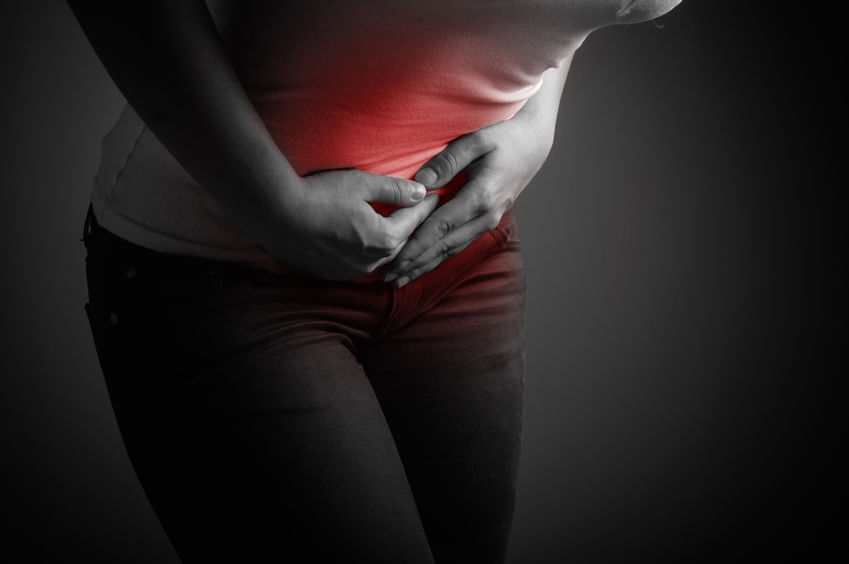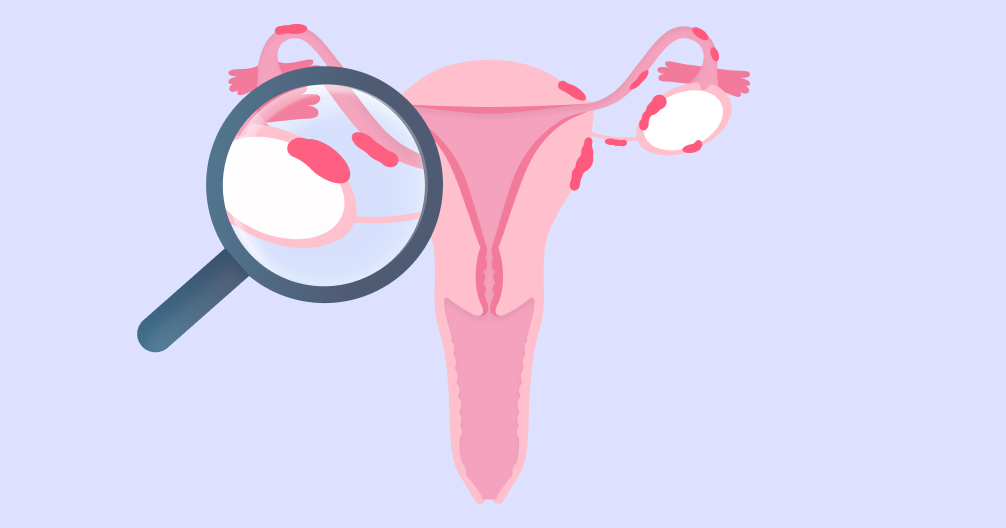
Endometriosis is a chronic, inflammatory gynecological disease affecting about 10% of women of reproductive age worldwide, approximately 190 million women. Endometriosis is characterized by the growth and presence of endometrium-like tissue, typically found inside the uterus, outside the uterus. These tissues are most commonly located in the abdominal cavity and can exist in three main forms.
Forms of endometriosis
Endometriosis is divided into several main types, which differ in terms of the location and histological nature of the disease:
- Superficial Peritoneal Endometriosis. This is one of the most common types of endometriosis, where endometrium-like tissues are found on the surface of the abdominal cavity, often causing pain and inflammation.
- Ovarian Endometriosis. This second type most commonly manifests as endometriomas or cysts in the ovaries, which can cause pain and infertility.
- Deep Endometriosis. The third type is characterized by the presence of endometrium-like tissues in deeper organs, such as the intestines or bladder, causing severe pain and other complications.
In addition to these, there are other forms of endometriosis, such as extra-abdominal endometriosis, where tissues are found outside the abdominal cavity, and iatrogenic endometriosis, caused by surgical interventions.
Each type of endometriosis requires individual treatment, depending on the severity of the disease and the patient's symptoms.
What causes endometriosis?
The causes of endometriosis are complex and still not fully clear.
The main theory is retrograde menstruation, where menstrual blood and endometrial cells enter the abdominal cavity through the fallopian tubes. Other possible causes include celomic metaplasia, where surface cells of the abdominal cavity transform into endometrium-type cells, and lymphatic or blood circulation spread.
There is also a genetic predisposition and hormonal factors, especially related to estrogen level fluctuations. Immune system disorders can also contribute to the onset and development of endometriosis, as it has been noted that endometriosis tissues have a higher concentration of inflammatory substances.
In addition, environmental factors, such as the impact of certain toxins, can also influence the development of the disease.
:max_bytes(150000):strip_icc()/VWH-MiraNorian-EndometriosisSymptoms-Standard-7528f102d7664245992e87621a75ce7f.jpg)
What Are the Symptoms of Endometriosis?
Symptoms of endometriosis can vary and depend on the severity and location of the disease.
The most common symptoms are chronic pelvic pain, painful menstruation, pain during sexual intercourse, pain during defecation, and urination.
The severity of symptoms can range from mild to very severe, and some women have no symptoms.
Endometriosis can cause infertility or increase the risk of infertility. In addition, endometriosis can lead to fatigue, depression, and anxiety. It is important to emphasize that the symptoms of endometriosis are very individual and can change over time.
Treatment
The treatment of endometriosis is individual and depends on the severity of the disease, symptoms, the patient's age, and the desire to have children. Treatment strategies include pharmacological methods, surgical intervention, and lifestyle changes.
Pharmacological treatment most often includes non-steroidal anti-inflammatory drugs for pain relief and hormonal preparations (such as contraceptive pills or gonadotropin-releasing hormone analogs) to slow the progression of the disease.
Surgical treatment, including laparoscopic surgery, is used to remove endometriosis tissues, especially in severe cases.
Lifestyle changes, such as regular physical activity and a balanced diet, can help control symptoms. Alternative methods, such as acupuncture or psychological support, are also used.
The treatment of endometriosis is a long-term process, requiring continuous care and regular evaluation.
What are the risk factors for endometriosis?
The risk factors for endometriosis are varied and complex, covering both genetic and environmental aspects.
One of the most important is genetic predisposition: the risk of endometriosis is higher in women whose close relatives also suffer from this disease.
Early age of menstruation onset, shorter menstrual cycle, and longer bleeding periods are also associated with an increased risk of endometriosis.
Hormonal factors, especially estrogen level fluctuations, also play an important role.
Environmental factors, such as the impact of certain toxins, and certain lifestyle choices, such as diet and physical activity, can also influence the risk of endometriosis.
In addition, chronic stress and certain health problems, such as autoimmune diseases, can also increase the risk of endometriosis.

Prevalence of endometriosis worldwide
Endometriosis is one of the most common gynecological diseases in the world, affecting about 10% of women of reproductive age, approximately 190 million women globally. The prevalence may vary depending on geographical location, age, race, and other demographic factors. Diagnosis is often confirmed later due to the disease's symptoms resembling other gynecological conditions and its non-specific nature, which means that the actual prevalence of the disease may be even higher.
Endometriosis is a significant public health issue due to its impact on women's quality of life, infertility, and associated healthcare costs.
Information sources:
- The BMJ - "Pathophysiology, diagnosis, and management of endometriosis".
- Institute for Molecular Bioscience - University of Queensland - "Largest-ever endometriosis genetic study reveals treatment clues".
- University at Buffalo - "New therapeutic targets for endometriosis could be on the horizon".
# endometrioze






